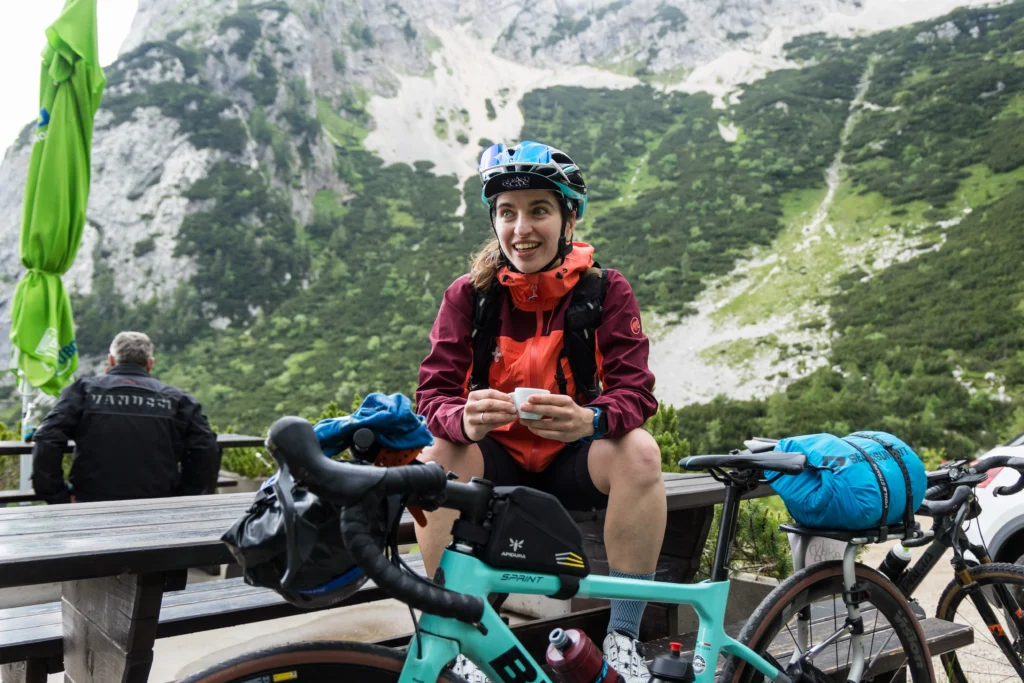
The purpose of this article is to help you write your personal checklist for a bikepacking event. When it comes to bikepacking trips, everyone has their own needs, but while it is true that “as you travel you learn,” it is also true that there are some things you will definitely need to take with you on your next bikepacking adventure. This list may seem exaggerated for some travels and not enough for others, but it is a good starting point.
The packing stage is very important to enjoying the travel experience 100 percent, and our advice is to lose a few extra minutes in organizing when you will be in the comfort of your home rather than bypassing this stage and finding yourself dealing with unforeseen issues in the middle of the trip. This is a good time to evaluate each and every accessory and decide if it is really worth putting in your bags. Looking at this list you might think you have to spend a lot of money to buy all the equipment but you don’t, take inventory of what you have at home and use what you already have or, to stay low budget, borrow the equipment you are missing from a friend.
That said, you know our golden rule by now: less is more. The lighter you are, the more you will be able to enjoy the experience without sacrificing comfort altogether.
Clothing: dress in layers
How do you dress for a bikepacking trip? The right clothing for a bikepacking trip is very subjective, depending on the style and comfort you are looking for. One thing, however, is considered essential by every cyclist: dress in layers
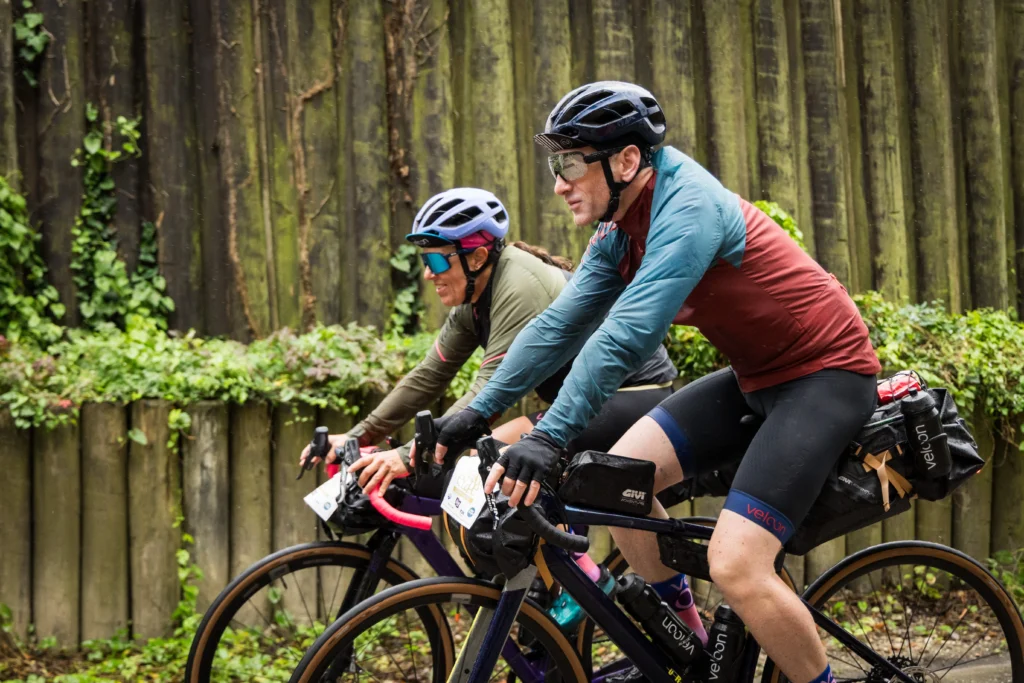
A layered approach will allow you to be ready for all weather conditions while traveling light. The items you choose must be technical and well selected based on the temperatures you’re going to face.
Here’s a list of clothing we never give up:
For Cycling
- riding short (long or short bib)
- base layer
- merino wool tshirt or cycling jersey (long or short sleeves)
- wind vest gilet
- waterproof cycling jacket
- lightweight rain pants
- lightweight down jacket
- cycling gloves
- wool socks
- cycling shoes ( better if they are comfortable for walking around too)
- helmet
- buff or bandana
Off bike
- short or long-sleeves merino top
- pants
- underwear
- foldable ultralight bag or backpack
Electronics
Remember, the more electronic devices you take with you, the more you will have to recharge during the trip. Below is the list of electronic equipment that can’t be missing from your check list, to these go and add the ones you just can’t give up like a drone if you are a videomaking enthusiast, a camera if you can’t return home without photos of your adventure, a kindle if you need to read at least two pages before falling asleep at the end of the day.
- phone
- bike computer or gps navigation device
- battery pack
- headlight
- rechargeable front and rear bike light
- charging cables with conversion plugs/adapters — if traveling overseas
Repair and maintenance
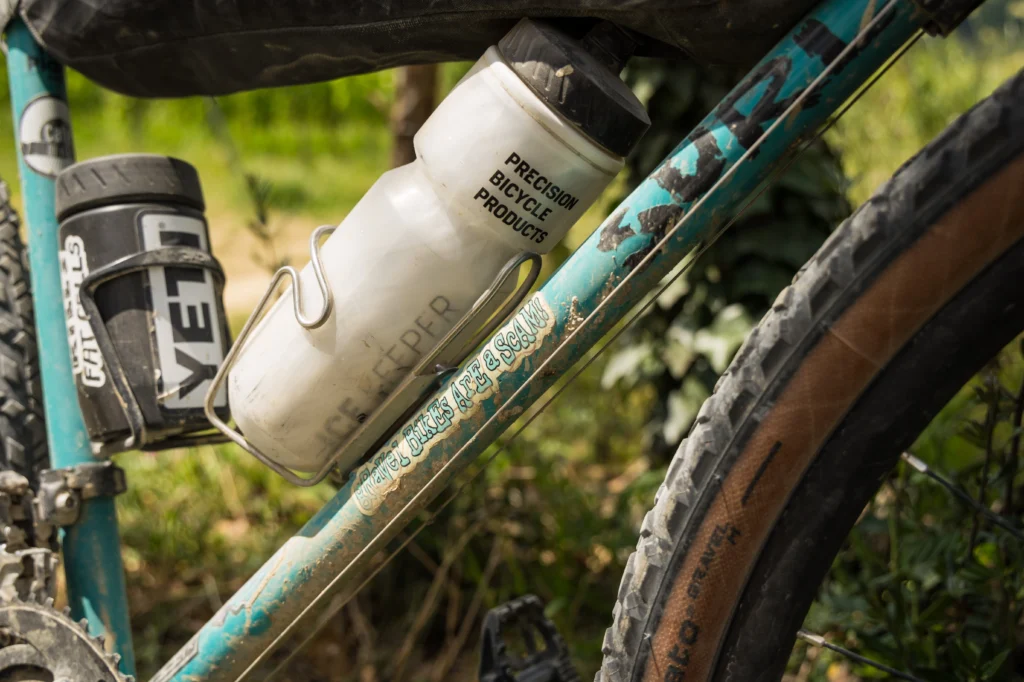
These are must-haves if you are about to set off on a bikepacking adventure, but it is only a starting point; add whatever you feel is necessary based on your bike and equipment. Of course, if you are about to leave for a remote destination where it might be difficult to retrieve spare parts and gear, select equipment based on that eventuality.
- Multi tool
- Chain Breaker and master link pliers
- Chain lube
- Spare tube
- Tyre lever (3)
- Light pump better if with pressure gauge
- Duct tape
- Rack straps
- Tubeless tire repair kit if you are riding tubeless
Sweet dreams with the right sleeping gears
If you have decided to sleep outdoors and camp, you will certainly need to leave room in your luggage for the proper sleeping gear. Again, everyone has his or her own preference; some people want maximum comfort and others decide to sacrifice it for traveling light and are happy to sleep in a bivy bag, after your first experiences you will find the solution that suits you best.
Below are the outdoor sleeping essentials:
- ultralight tent
- sleeping bag (check the temperature rating based on your destination)
- sleeping pad or matress
- inflatable pillow
Fit check
Well, all that’s left is to fit everything into the bags, an equally delicate step because it will give you easy access to what you need, even while traveling. Put the heaviest things in the bottom of the bags and divide your gear by a criteria, you can decide which one, so you will always know exactly where the things you need are.
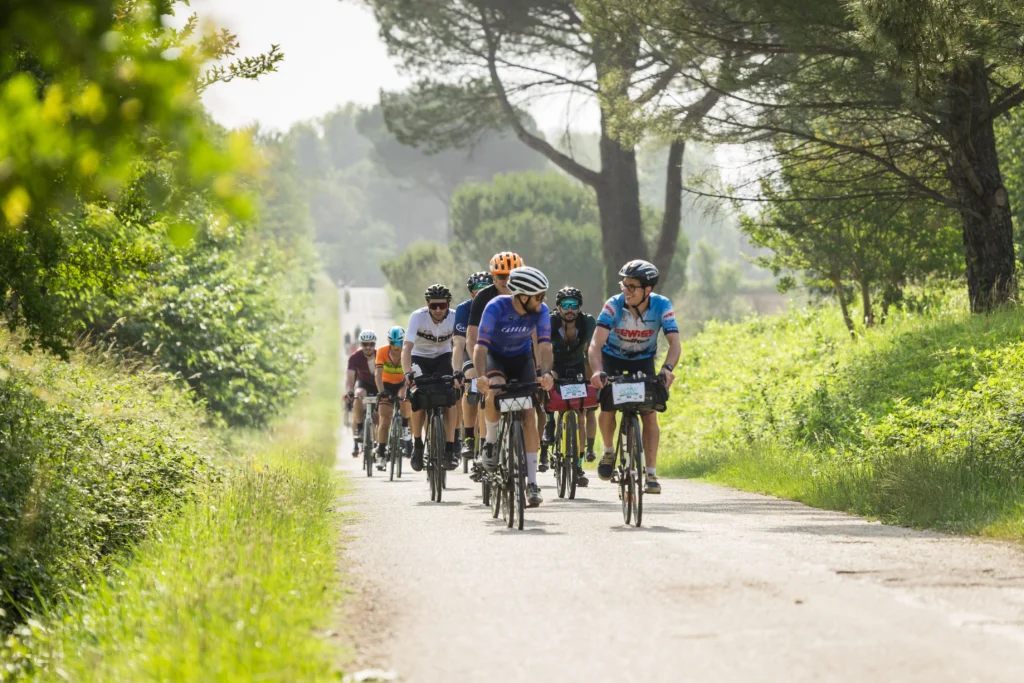
Be sure to tailor the checklist to the adventure you are about to embark on, and remember that the goal is always to enjoy the experience to the fullest!

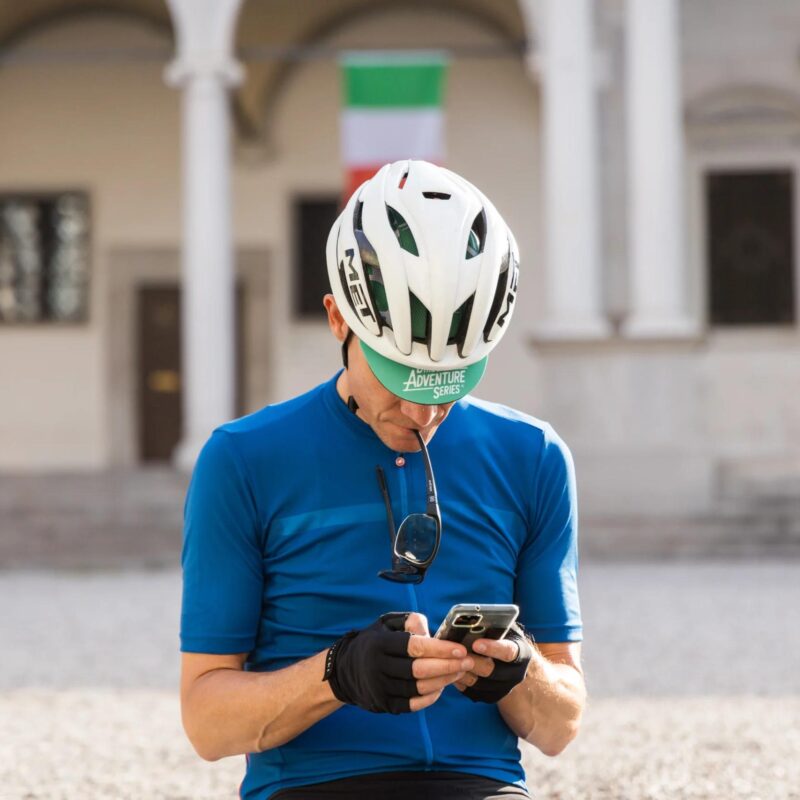
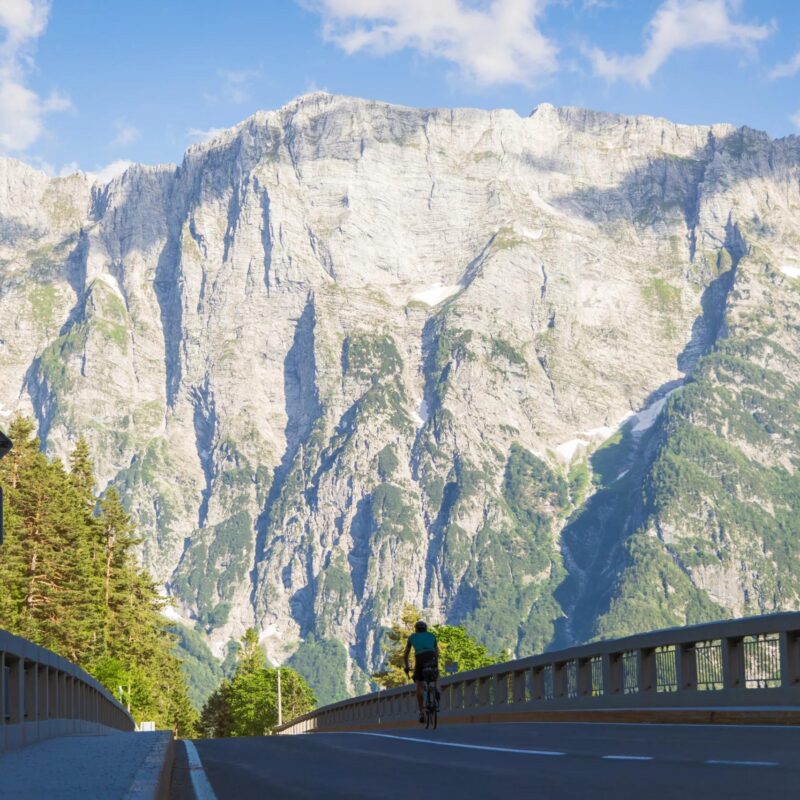
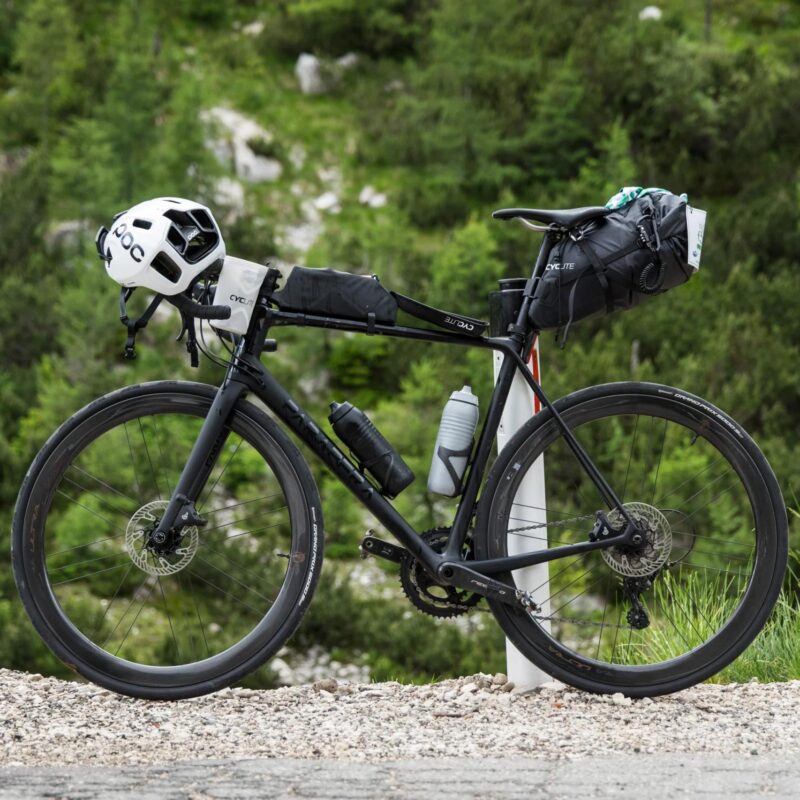
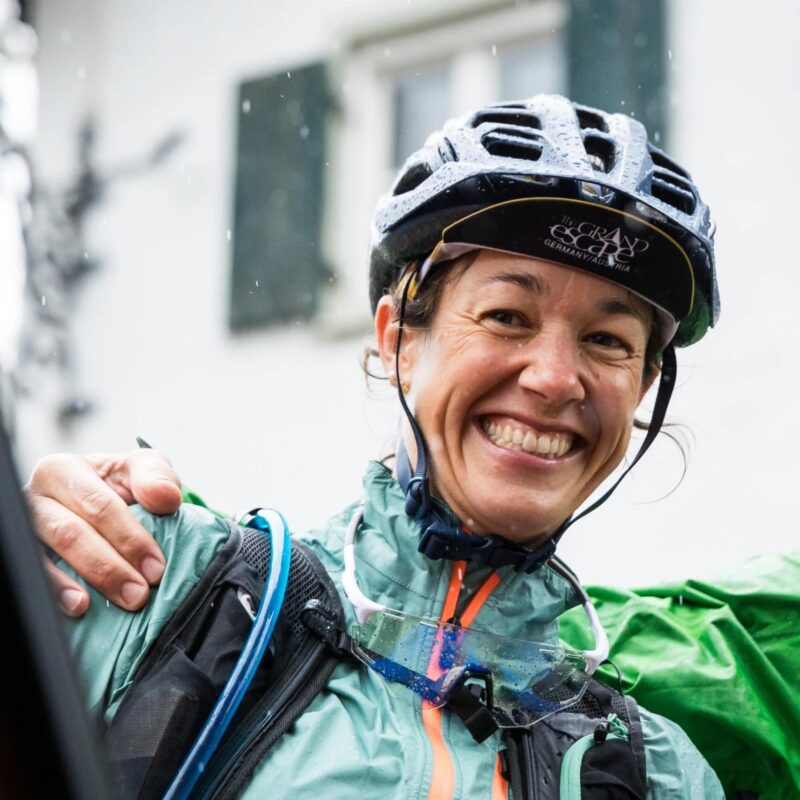
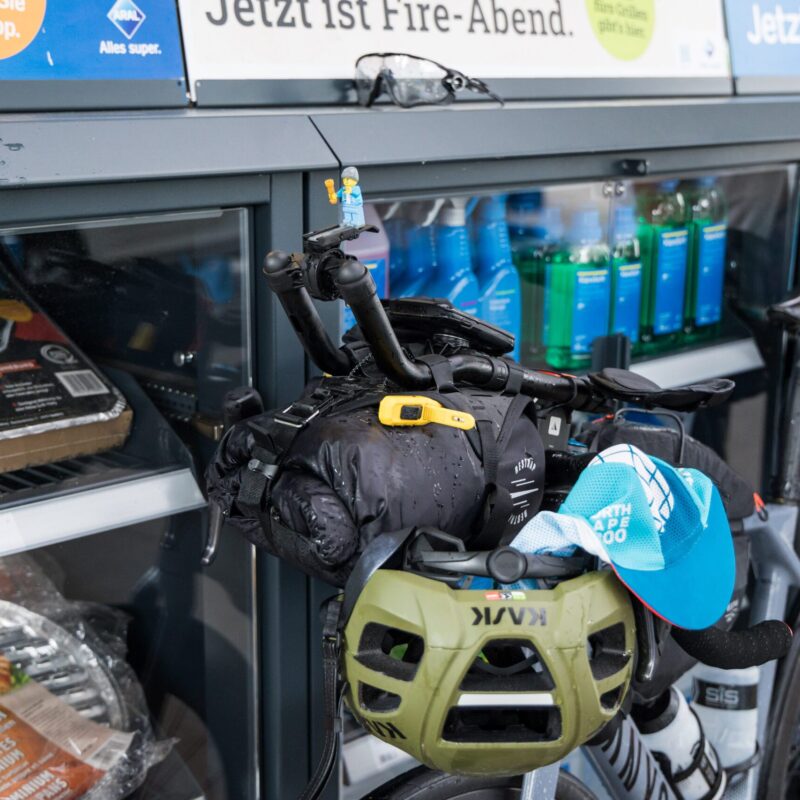
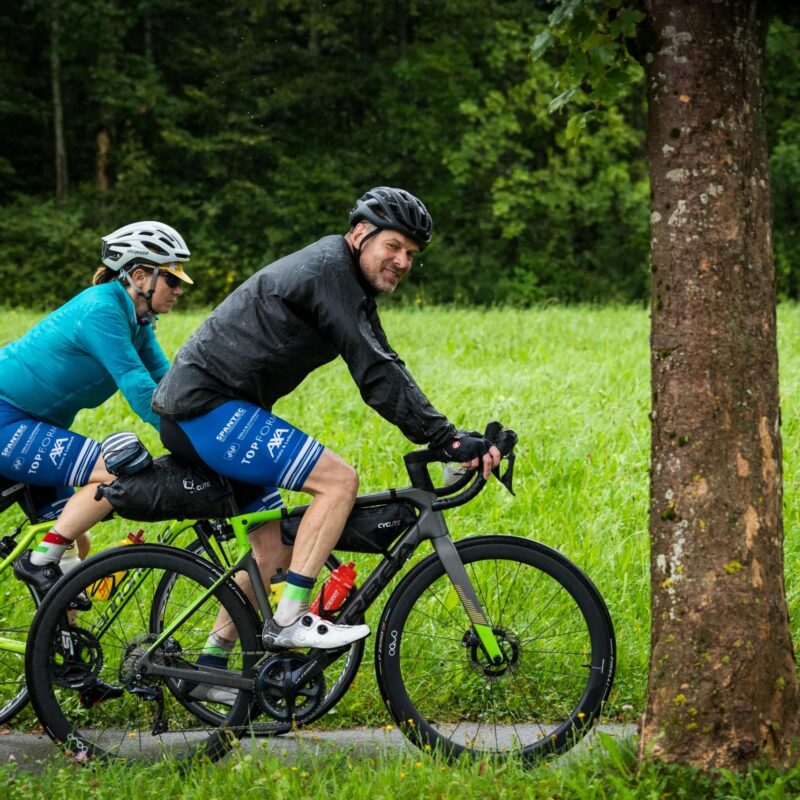
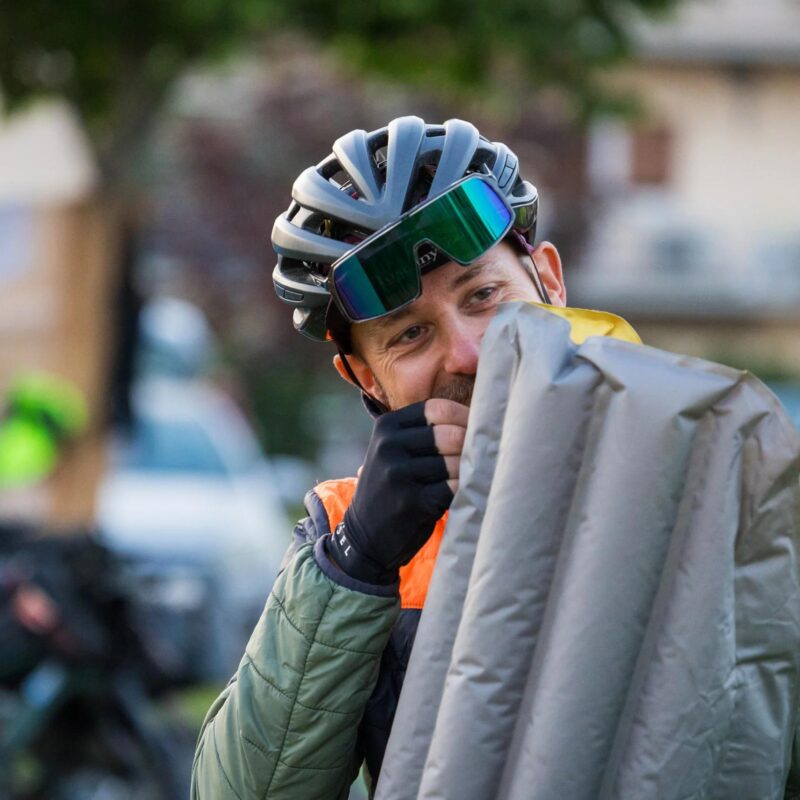
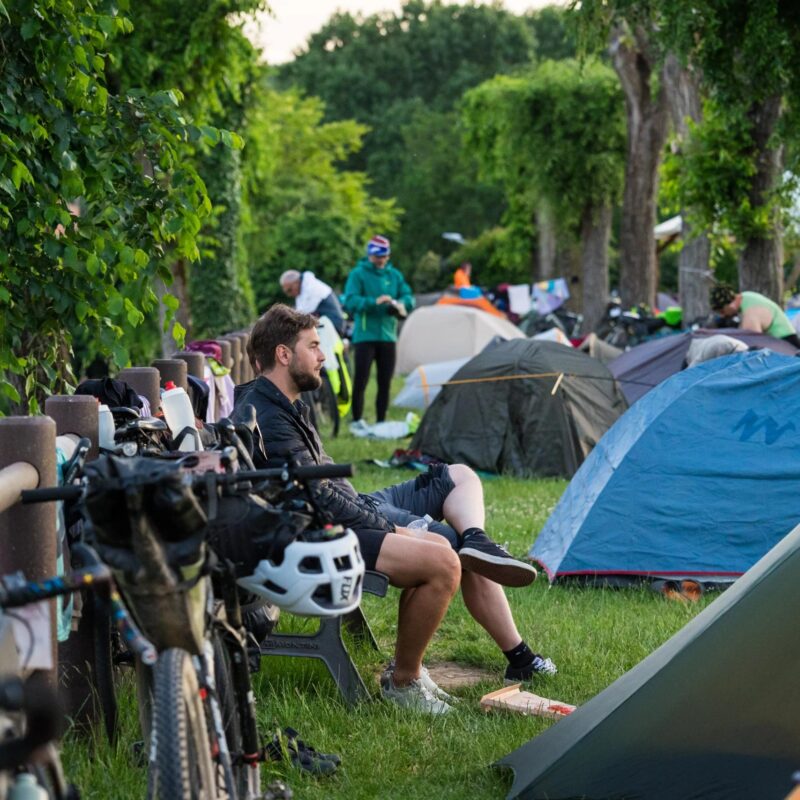




You must be logged in to post a comment.
Anne Hawthorne Hallen
2 months agoDo I need a Coffee maker in Italy?!
How about the mosquito situation? Do I need repellent ?
What nighttime temps can be expected in late May?
Water filters? How safe is tap water in Tuscany?
[email protected]
2 months agoHi Anne, it’s Italy = the luxury of best barista espresso in every village 🙂
Repellent is good thing though depending on how rainy the spring will be.